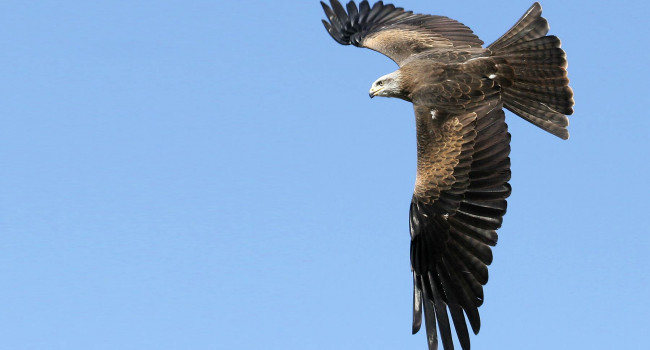Disentangling the relative roles of climate and land cover change in driving the long‐term population trends of European migratory birds
Author(s): Howard, C., Stephens, P.A., Pearce‐Higgins, J.W., Gregory, R.D., Butchart, S.H.M. & Willis, S.G.
Published: August 2020 Pages: 14pp
Journal: Diversity and Distributions
Digital Identifier No. (DOI): 10.1111/ddi.13144
Abstract
Aim
Global declines in the populations of migratory species have been attributed largely to climate change and anthropogenic habitat change. However, the relative contribution of these factors on species’ breeding and non‐breeding ranges is unclear. Here, we present the first large‐scale assessment of the relative importance of climatic conditions and land cover on both the breeding and non‐breeding grounds in driving the long‐term population trends of migratory species.
Location
Europe and Africa.
Methods
We use data on the long‐term population trends of 61 short‐ and 39 long‐distance migratory species of European breeding birds. We analyse these population trends in relation to changes in climate and land cover across species’ breeding and non‐breeding ranges over a 36‐year period, along with species’ migratory behaviour.
Results
The population trends of European migratory birds appear to be more closely related to changes in climate than changes in land cover on their breeding grounds, but the converse is true on their non‐breeding grounds. While improvements in climate suitability across the breeding ranges of short‐distance migrants led to increasing population trends, the same was not true for long‐distance migrants. The combined effects of changes in climate and land cover account for approximately 40% of the variation in migratory species’ population trends, suggesting that factors other than climate and land cover as we have measured them, such as habitat quality, also affect the population trends of migrant birds.
Main Conclusions
Over recent decades, population trends of most migrant species are most strongly related to climatic conditions on the breeding grounds but land cover change on the non‐breeding grounds. This suggests that management to stem the declines of migrant birds requires an integrated approach that considers all processes affecting migrant birds across their dynamic distributions throughout the year.







Share this page